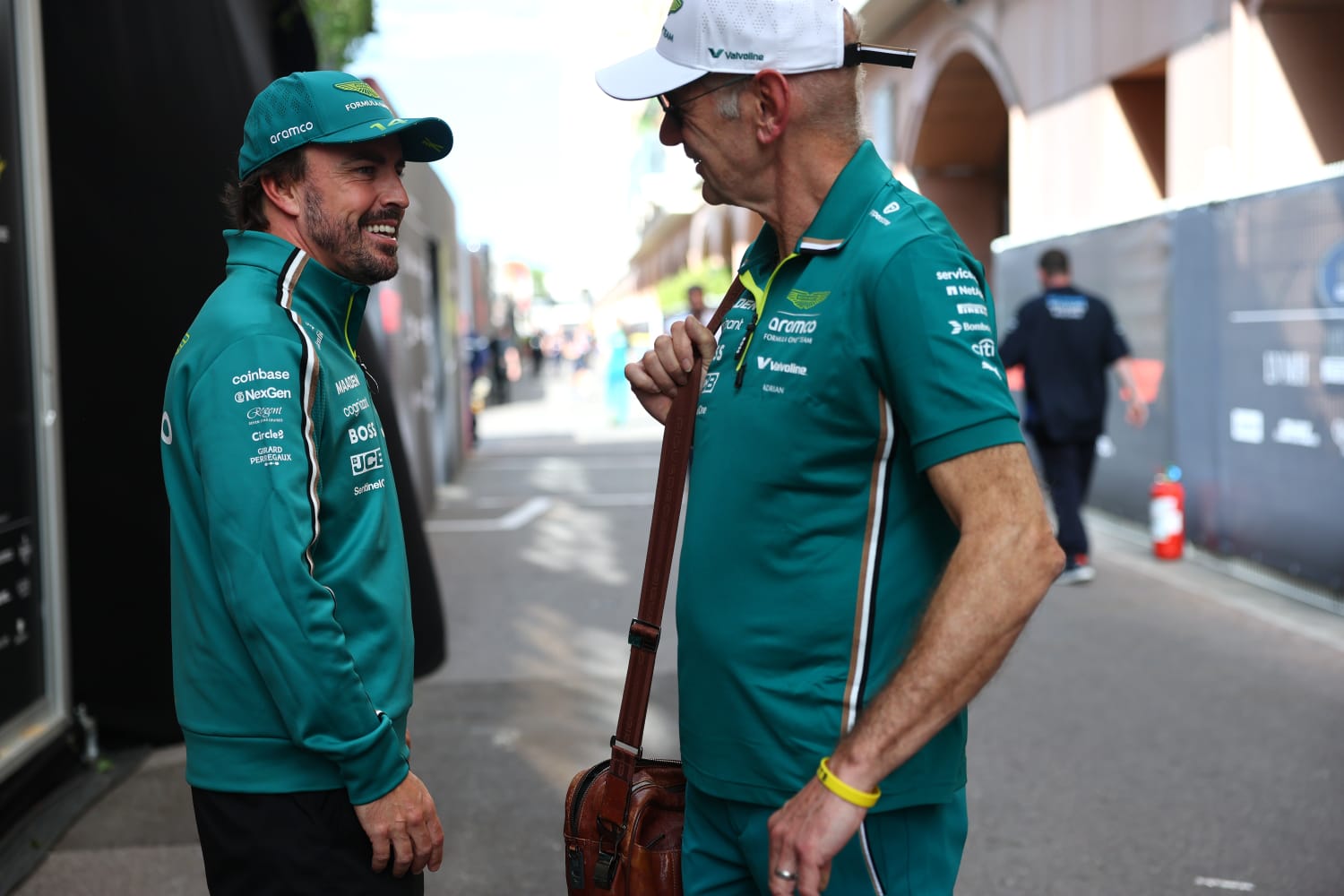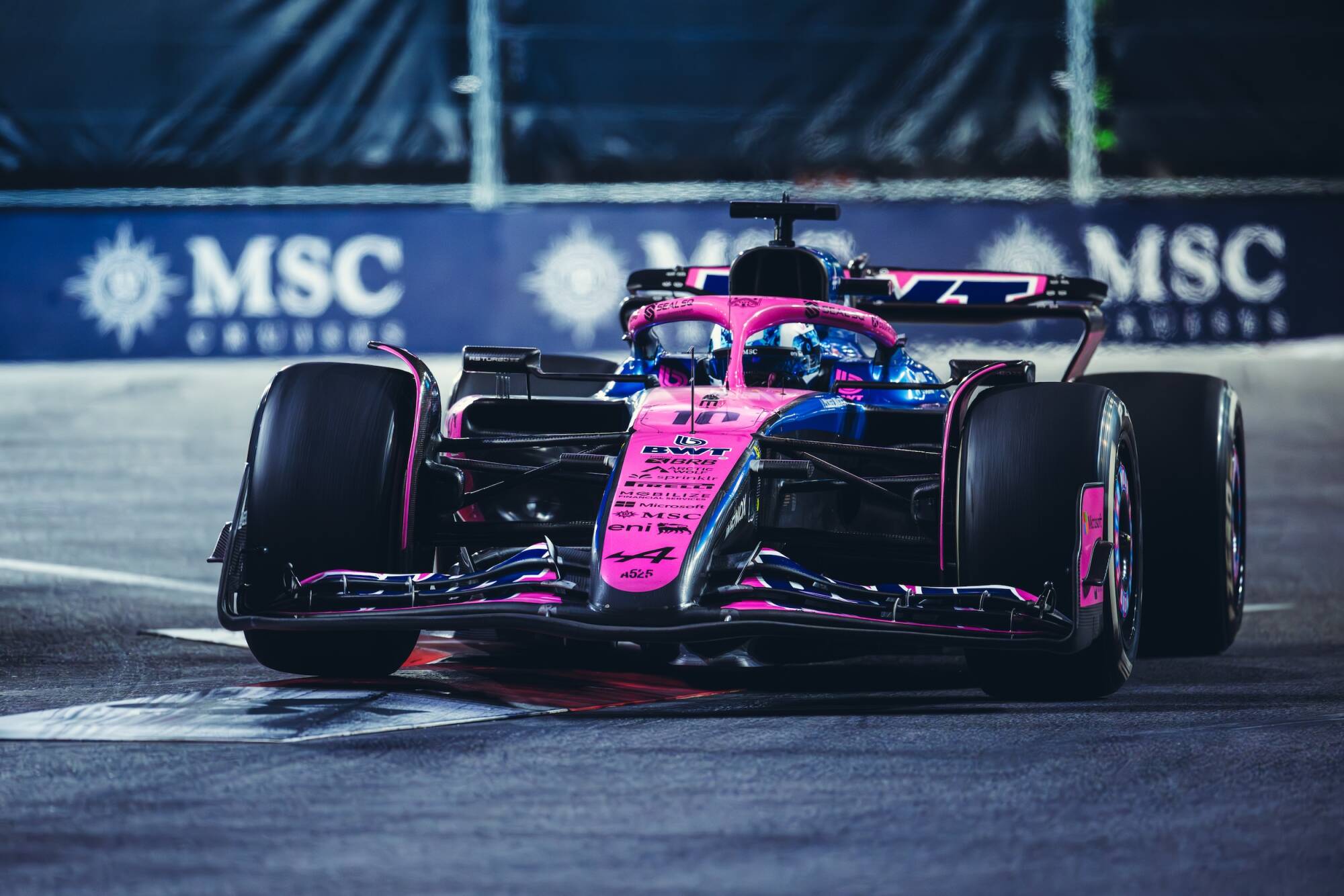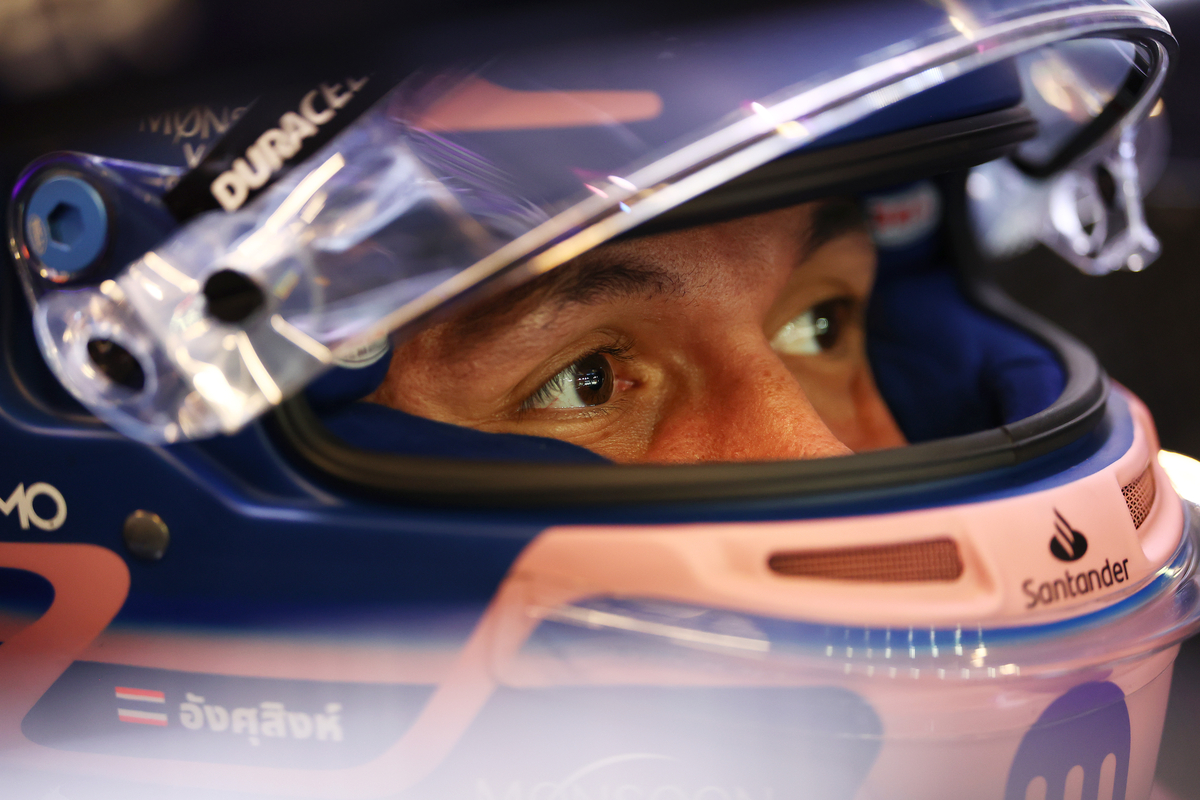Campos Racing’s Arvid Lindblad rose quickly through the ladder and adapted to F3, F2 and even F1 hardware. He chased balance, not a one-size setup. A sharp front and a calm rear unlocked pace. Before each run, he mapped where the time lived—on the brakes, at the apex or on the exit. Silverstone’s first sequence showed the flow. Bahrain’s Turn 1 proved the stop-and-go bite. Turn 2 demanded measured commitment. The Red Bull Junior linked them with clean rotation and early squaring. The blueprint stayed simple. Control the entry, carry the speed and launch hard onto the straight.
Composed on entry, decisive on exit: Lindblad’s cornering mindset in F2 with Campos Racing
Lindblad approached cornering as a calm, methodical craft, reading each bend as it arrived. Preparation shaped his plan. Depending on the layout, the gains lay either in the brake phase or on the drive away. His bias sat with entry work and firm braking. Fast curves still thrilled him, and he committed with confidence.
“I’ll have a think what the corner is like when I get here, but that’s normally what we do in the preparation. It depends a bit on the corner. There are some corners where the lap time is done under braking, there are some where the lap time is done on exit, so I don’t know.”
“I’d say though I am probably more entry and braking focused than exit. But I really enjoy high-speed corners and just sending it.”
At Silverstone, Turns 3 and 4 behaved like a single sequence: he banked time into the first and released it out of the second. The section felt peculiar, because the car stayed on edge from Turn 2 and never quite ran straight.
“So for example, if you look at Turns 3 and 4 at Silverstone, the lap time comes at the entry of Turn 3 and the exit of four. So it’s not really a corner. But it’s a weird one, because you are a bit on the limit from Turn 2, so you are not able to get it full straight.”
“So it’s not really one where you peak that much, but you release the brakes quite a lot, carry a lot of speed through three, while trying to maintain a good position for Turn 4, and just make sure you have a good exit and traction.”
Late brakes and little minimum from Lindblad in F2, gaining time on the a straight with his Campos Racing car
Lindblad explained that Bahrain’s Turn 1 rewarded an angular line. He braked deep, shed speed fast, turned decisively, and went to full power. Turn 2 in F2 ran almost wide open, so Lindblad prioritised early rotation and a straight wheel before committing. Pushing extra pace mid-corner at Turn 1 left the car misaligned for Turn 2, which cost him the chance to hold full throttle.
“So it’s not really one where you peak that much, but you release the brakes quite a lot, carry a lot of speed through three, while trying to maintain a good position for Turn 4, and just make sure you have a good exit and traction.”
“Turn 1 Bahrain is a proper longitudinal corner in the sense that you brake super late, you get it completely stopped and turned and then you just floor it. It’s the ultimate definition of a V.”
The sequence asked for restraint. Lindblad gave up a touch at the first apex and squared the Campos Racing F2 car early. Then he let it flow, shooting through the next bend. Under brakes, he rode the edge of grip. On exit, he trusted the rear and drove away hard. The time came from timing and shape. He waited that extra beat until the car pointed straight, then went.
“Turn 2 in the F2 is still on the limit, it’s not easy flat, so that’s why you need to get it rotated well and once you are full straight, you just drive through. There’s not that much minimum, if you carry more minimum at Turn 1, then you are out of position for two, and then you lose more by not being flat at Turn 2.”
“That’s corner is quite cool actually, in the sense that you brake super late, you are really on the limit of the tyre under braking and you floor it on exit.”





